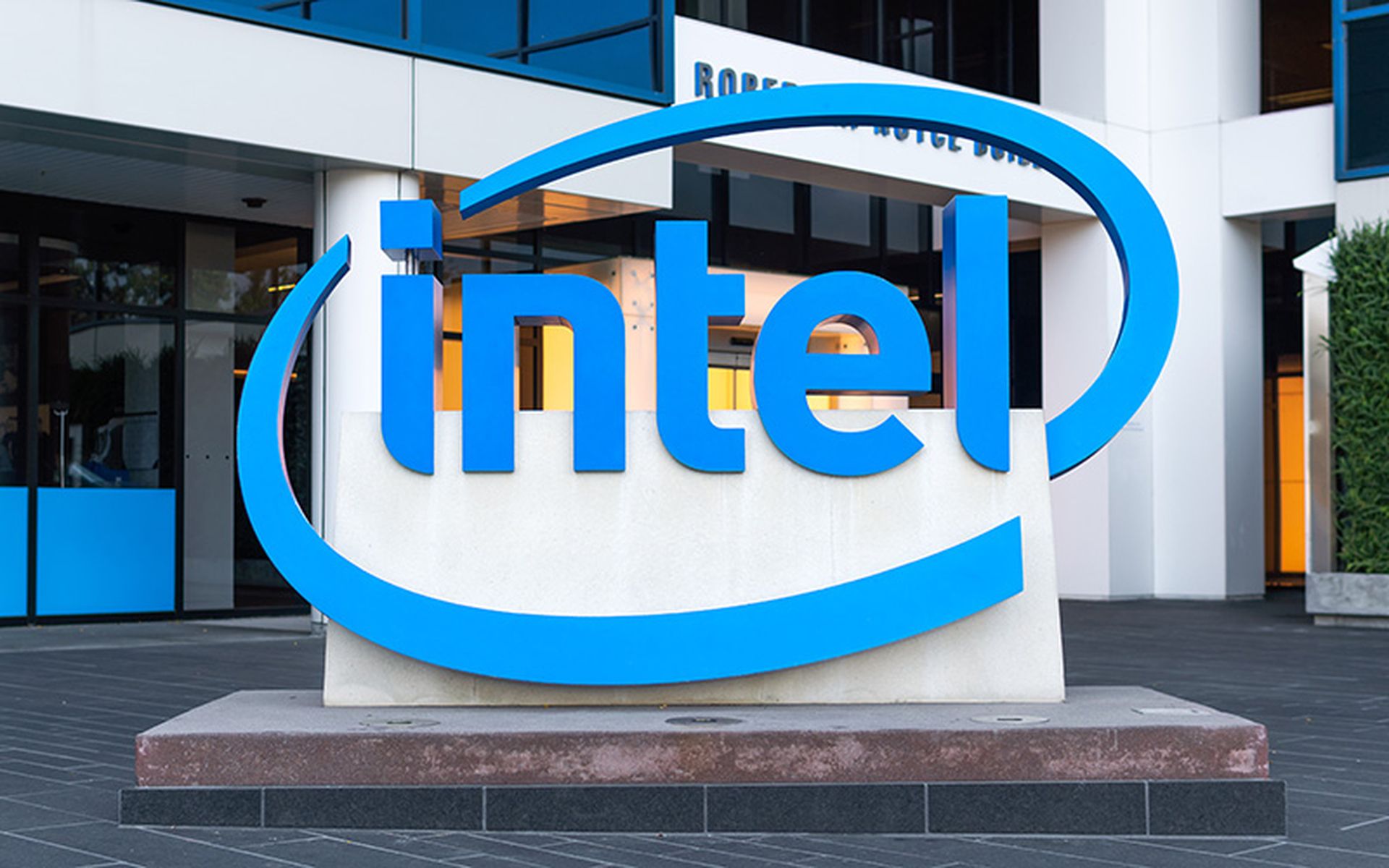
Ready to monetize the Internet of Things (IoT)? Ultimately, there are many factors for businesses to consider.
Mike Fallon, senior advisor of the IoT transformation advisory practice at PTC, told ChannelE2e there are six components to address IoT monetization:
- Strategy: With the right strategy in place, a business will understand what type of new revenue it is looking to drive.
- End User: The end user of an IoT service – not the chief information officer (CIO) or chief operating officer (COO) – should be a top consideration for a company.
- What to Charge: A business that learns about its target audience and understands the value of its IoT service can determine what to charge for it.
- How to Charge: With target audience insights, a company will understand the best way to bill customers for an IoT service.
- How to Go to Market: A business that identifies its target audience and works with this audience throughout an IoT service's development can go to market with real world stories that illustrate the service's value.
- Technology: IoT technology must drive agility, and a company should offer an IoT service that is easy to integrate with other platforms and supports third-party ecosystems.
If companies consider the aforementioned factors, they can evaluate challenges beyond the technology stack and accelerate IoT monetization, according to Fallon.
IoT Monetization Tips
Fallon offered the following IoT monetization tips:
1. Understand the End User's Role
Businesses can drive IoT monetization growth if they take a "granular" approach to the development and launch of an IoT service, Fallon said.
To do so, Fallon recommended companies focus on providing IoT services that foster end user adoption.
"The CIO is playing at a macro level, while a field service technician is working at a granular level," Fallon stated. "The CIO has the power to purchase an IoT service, but the end user has the opportunity to drive service adoption."
2. Emphasize Marketing
How a company markets an IoT service may differ from how it promotes other services.
A company should allocate the necessary time and resources to learn about its target audience and tailor its IoT service marketing efforts accordingly. By doing so, a business can "tell stories around the end user," Fallon said.
"When products are ready, then they are ready to market," Fallon noted.
3. Be Agile
A company's agility can play a crucial role in its ability to foster IoT monetization.
If a business has the ability to update its IoT service as needed, the company could gain a competitive edge over its rivals.
Moreover, small businesses may be better equipped than enterprises to quickly incorporate customer insights into IoT services, Fallon stated.
"The ability to understand insights from end users and turn them into value for end users is an advantage for small companies over enterprises," Fallon said. "The ability to iterate within four days versus four weeks is a big factor in customer decisions."




